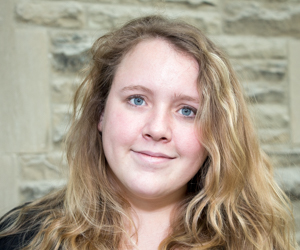Meteors from comet 1P/Halley, Dr. Auriane Egal
Department of Physics and Astronomy
PHYSICS & ASTRONOMY COLLOQUIUM
Via ZOOM:
https://westernuniversity.zoom.us/j/94959500634?pwd=Q055M1V0VlhtMHp6Q3BnaFV5RzRkdz09
Dr. Auriane Egal
Department of Physics & Astronomy
Western University
“Meteors from comet 1P/Halley”
ABSTRACT
1P/Halley is a famous comet that has aroused the interest of the general public and scientific community for several centuries. Because of an orbital period of 70 to 80 years, the comet cannot be observed more than once or twice in a lifetime. Its last apparition in 1986 motivated an unprecedented observational effort, combining spacecraft rendezvous and ground-based telescopic programs led by different countries. Most of our knowledge about the comet’s activity and evolution comes from the results of this exceptional observation campaign.
Since the comet often returns very bright in our sky, records of 1P/Halley’s apparitions were found in ancient Chinese and Babylonian inscriptions collected more than two thousand years ago. It is therefore suspected that 1P/Halley has been delivering meteoroids to Earth for several millennia. In particular, the comet is known to produce two meteor showers at the present epoch, the Eta-Aquariids in May and the Orionids in October. These showers are called the Halleyids.
Despite decades of observations of the Halleyids, several characteristics of the showers are still unexplained. Their similar intensity, duration, and the existence of years of enhanced activity cannot be explained by a simple toroidal model of the meteoroid streams released by the comet. To better understand the formation of the Halleyids, we have gathered and analyzed more than 35 years of meteor observations collected by the International Meteor Organization and the Canadian Meteor Orbit Radar at Western University. Based on this analysis, we have developed a new numerical model of 1P/Halley’s meteoroid streams, that reproduces most of the Halleyids characteristics and helps constraining the age of the two meteor showers. In addition, we predict three Eta-Aquariids outbursts in the future that deserve special attention.

